Audio Transmission
Here is the best audio transmission result so far, using an FT232RL serial port to transmit a signal on 1MHz. This signal was received with an up-converted RTL-SDR, but it works just as well on a normal AM radio. The signal is modulated simply by sending the appropriate sequence of bytes through the port. It uses a 5-level delta-sigma modulator as described in the build log.
The FT232RL transmits a cleaner signal than some other parts, such as the CP2102N, which I suspect is intentionally using a spread-spectrum clock to reduce emissions while staying within the stability limits imposed by serial port framing. Or, maybe they simply use a just-good-enough oscillator.
Controlling an RC Truck
I have also been able to control a 27MHz toy with signals transmitted by a serial port, which you can check out in this video:
The code to do this and more is being developed on GitHub; you can grab the code there and experiment for yourself.
The techniques used are detailed in a build log, and here's a video of three different modulation techniques. The CP2102 is naturally noisier than the FT232RL above, but you can still tell the difference between the methods.
And here is the transmitter:
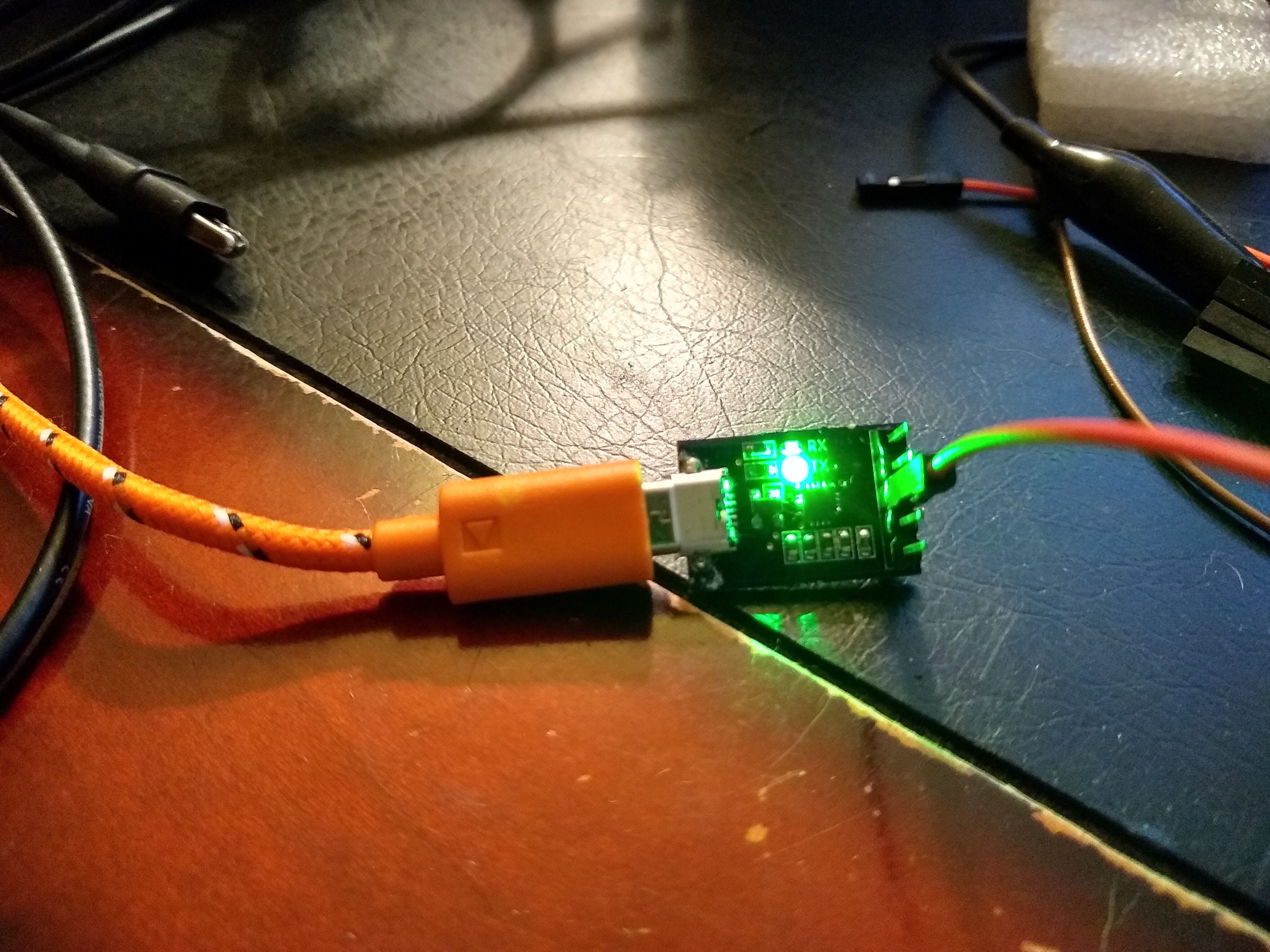
It sounds pretty good, considering. It turns out, you can also use this method to output baseband audio directly from a serial port. Check the build logs for more details as I document my experiments.
More Details
Upcoming Logs
- Baseband Audio: Your serial port is a soundcard
- Receiving (?)
I should mention that the RF output from this project is loaded with spurs and harmonics, and wouldn't be suitable for any real purpose without some serious bandpass filtering (at least).
DISCLAIMER: It should go without saying that you should never transmit on any frequencies or at any power levels for which you are not authorized by the local governing body, but I guess I just said it anyway.
 Ted Yapo
Ted Yapo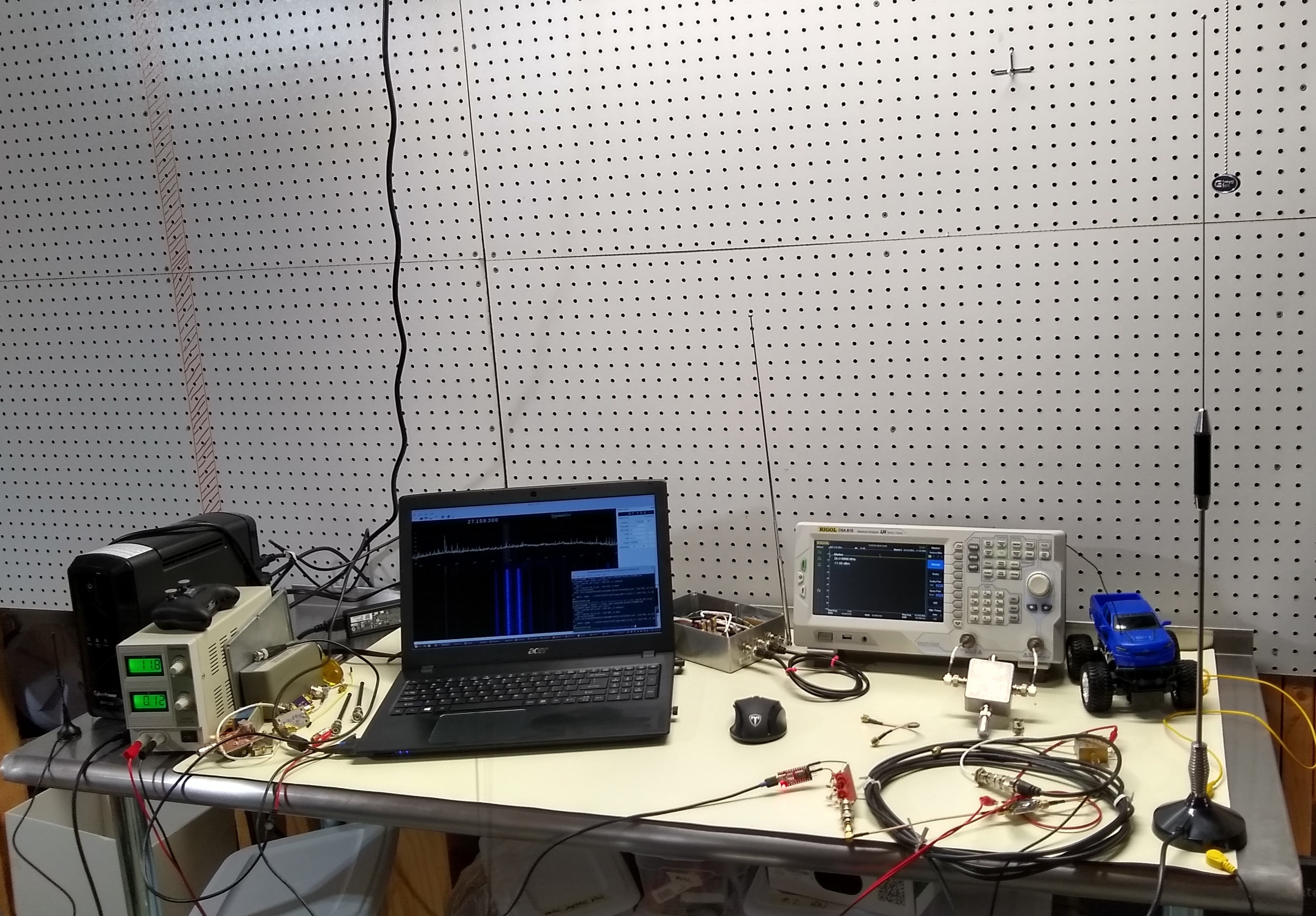


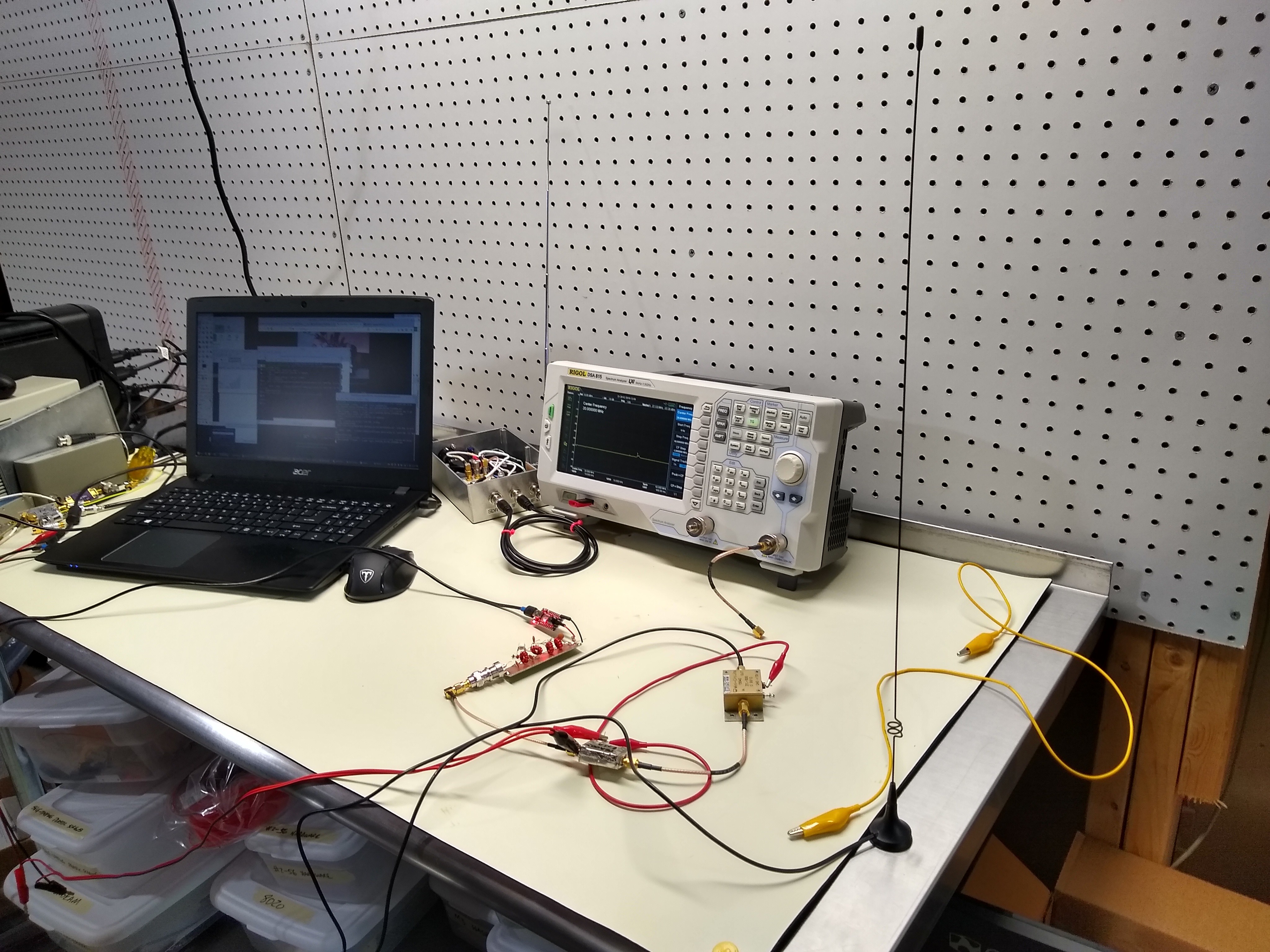
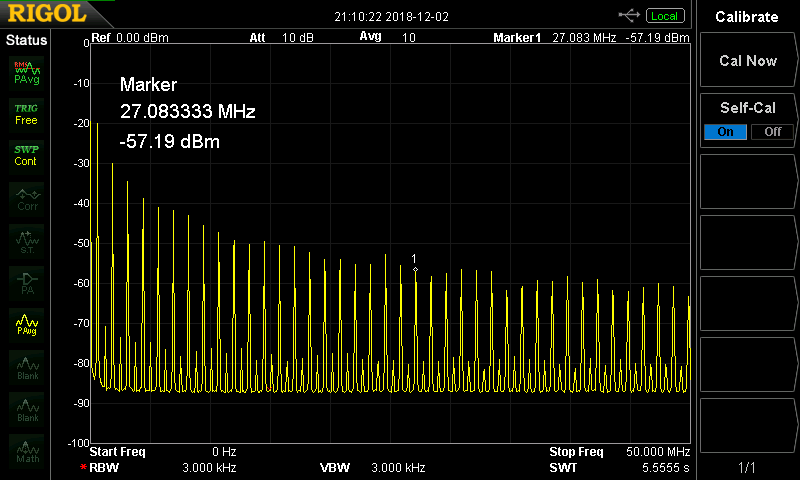
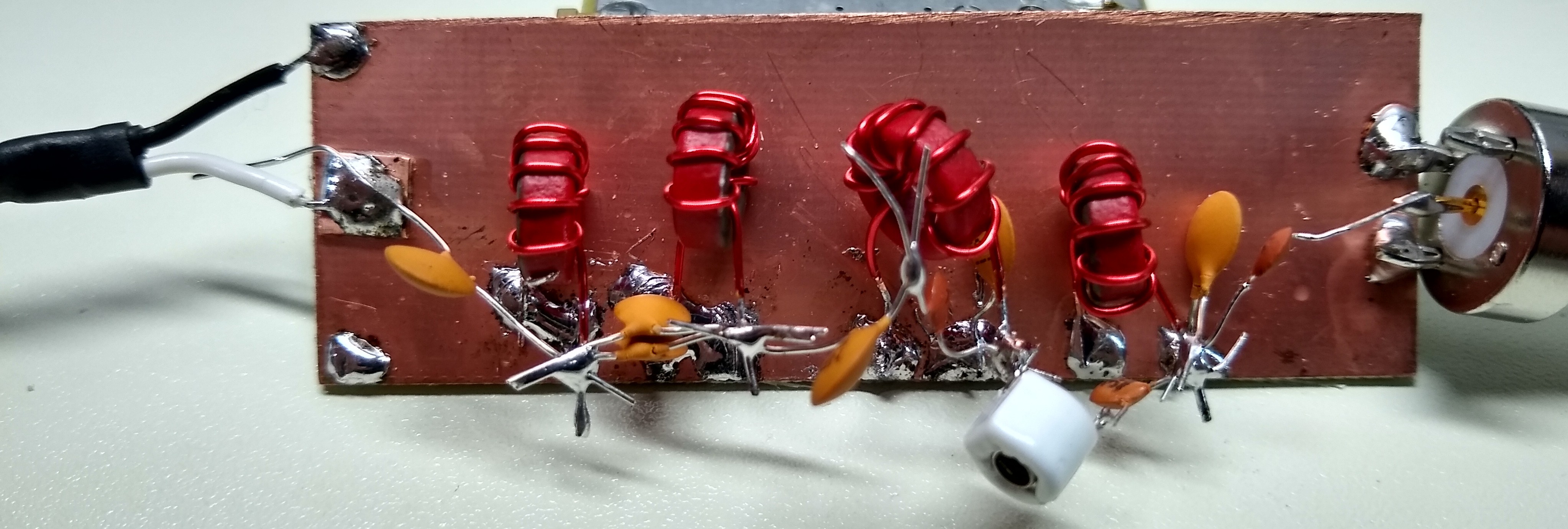

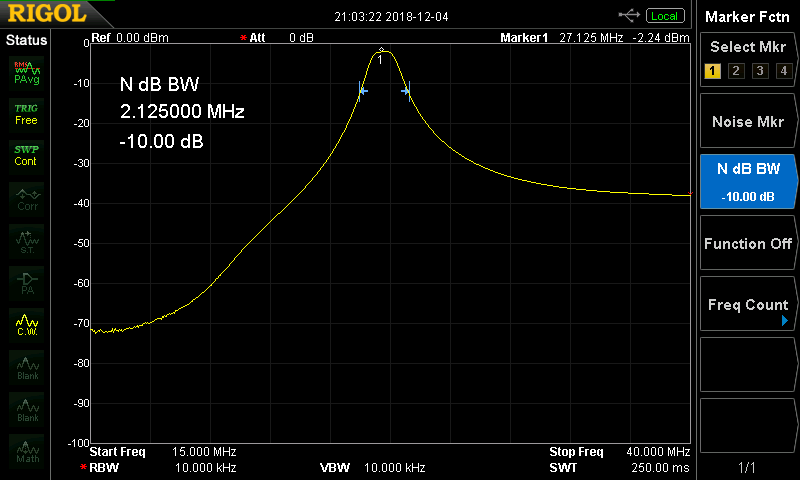

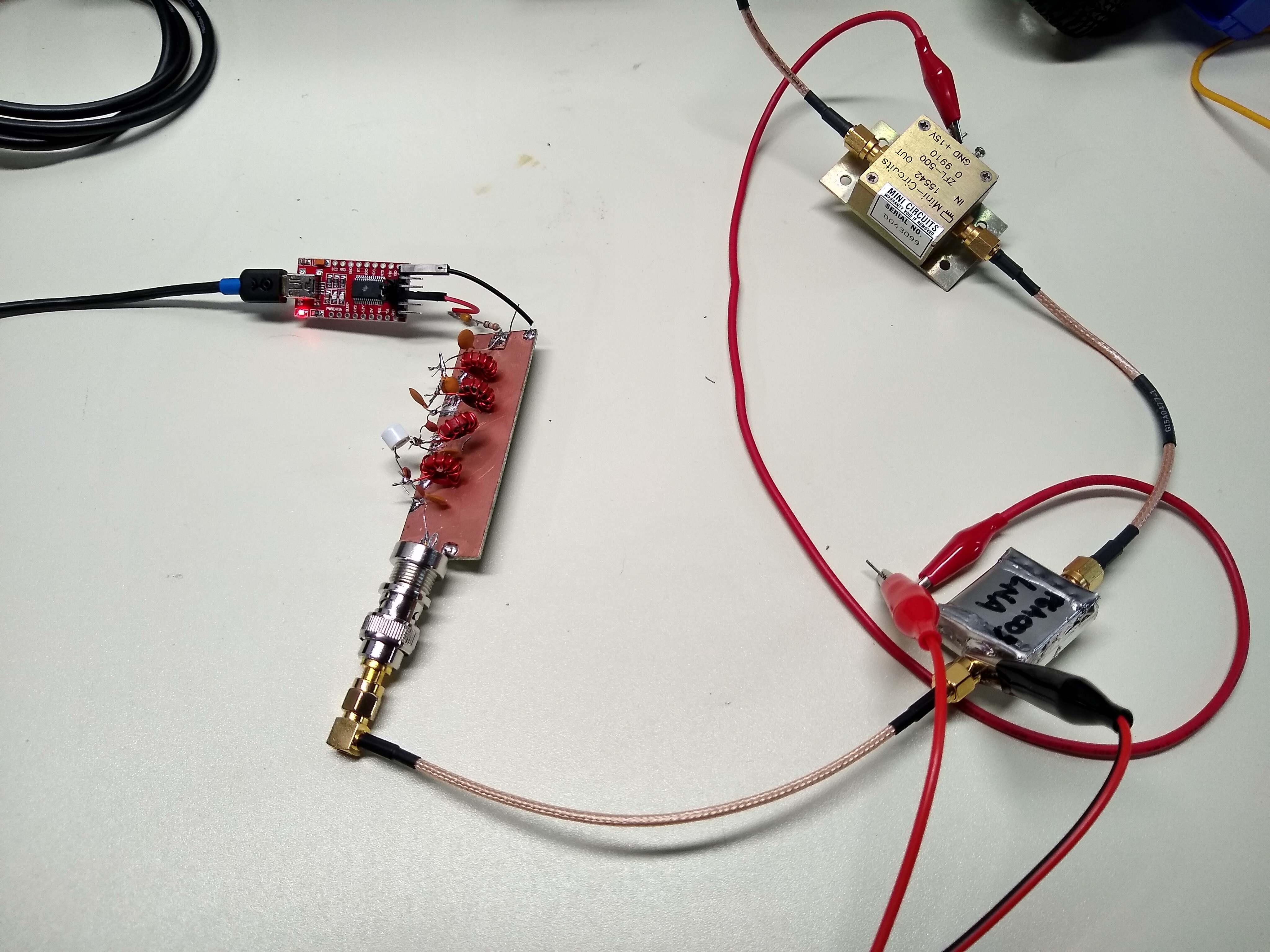

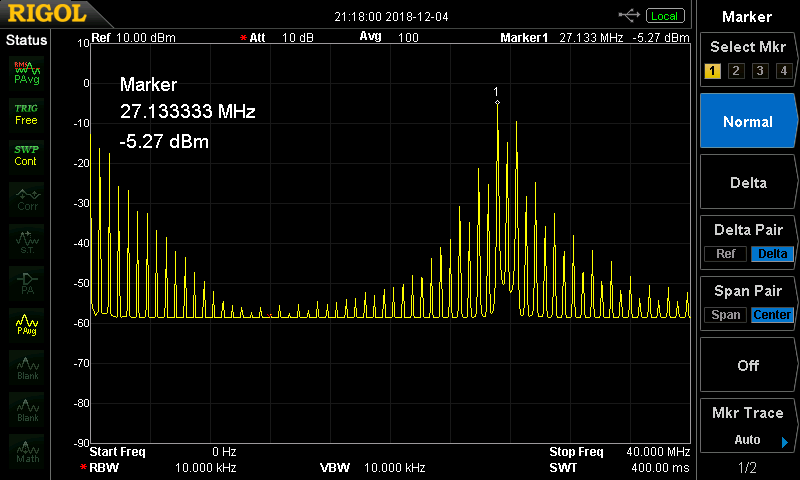

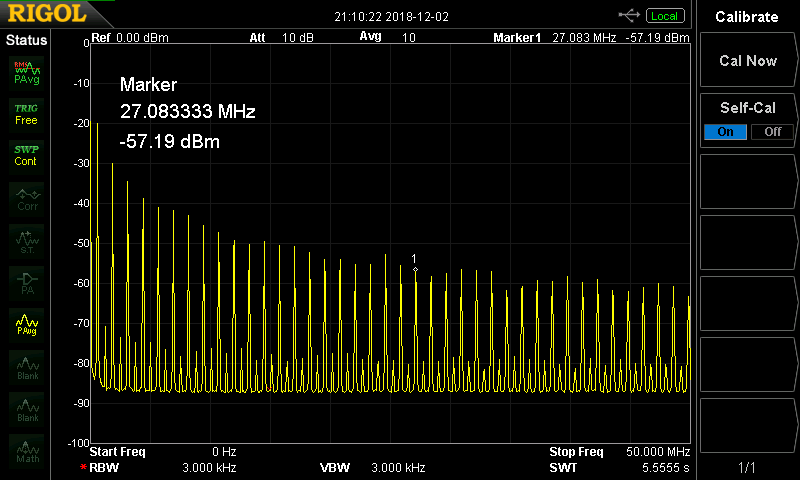
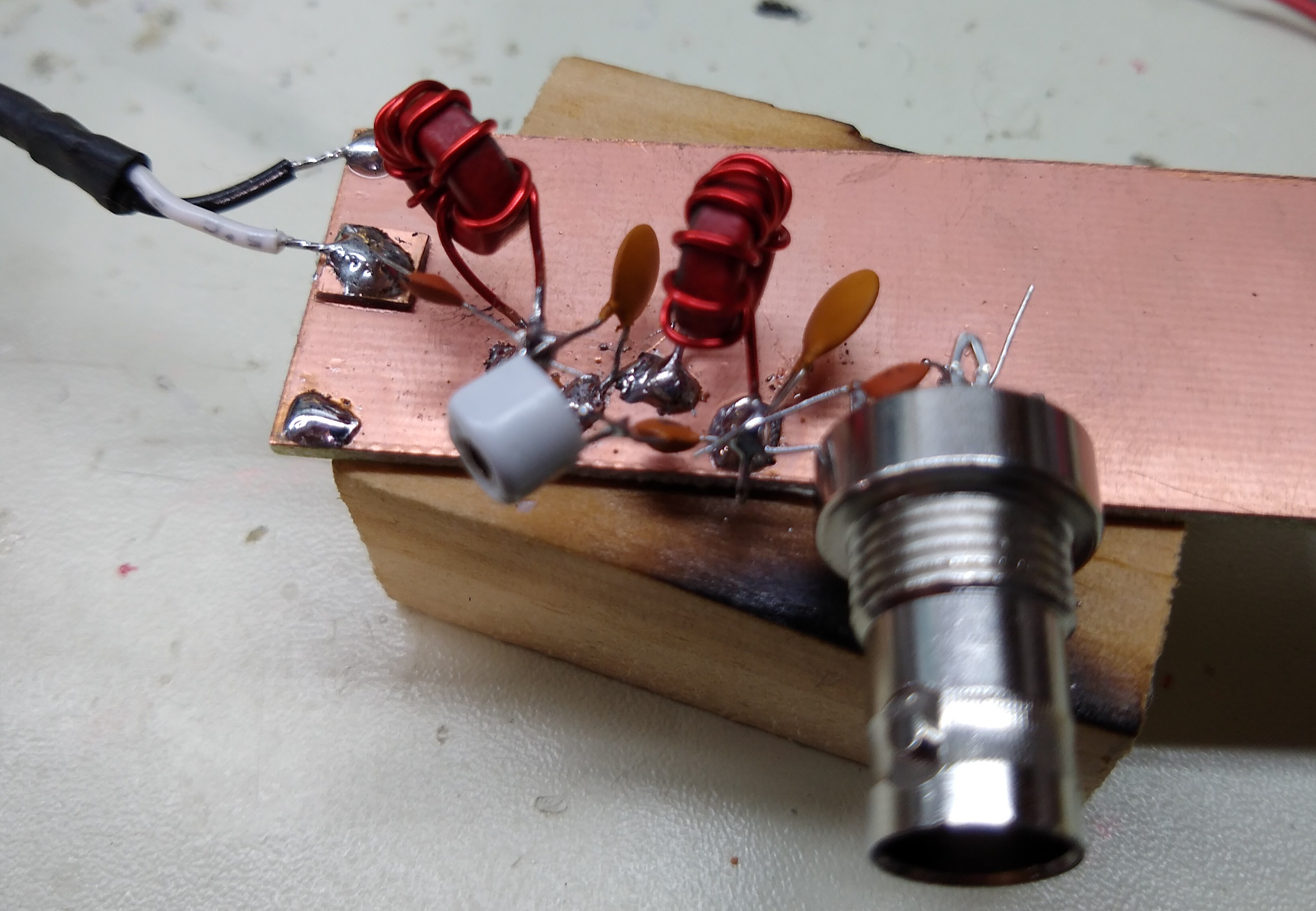
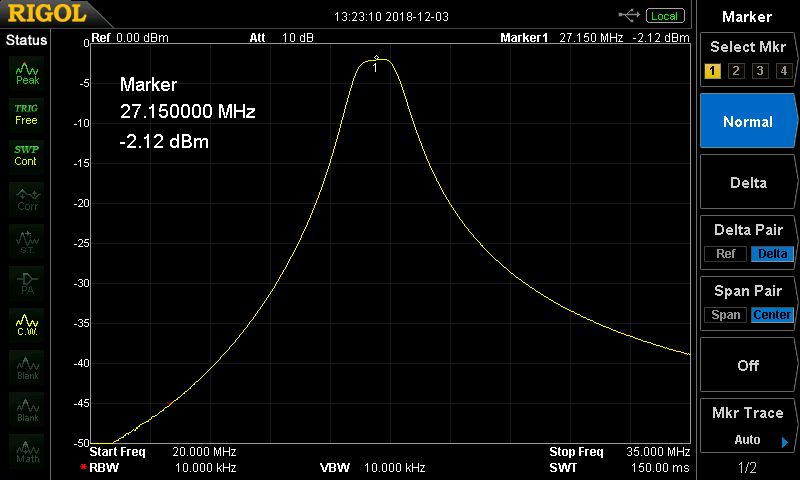

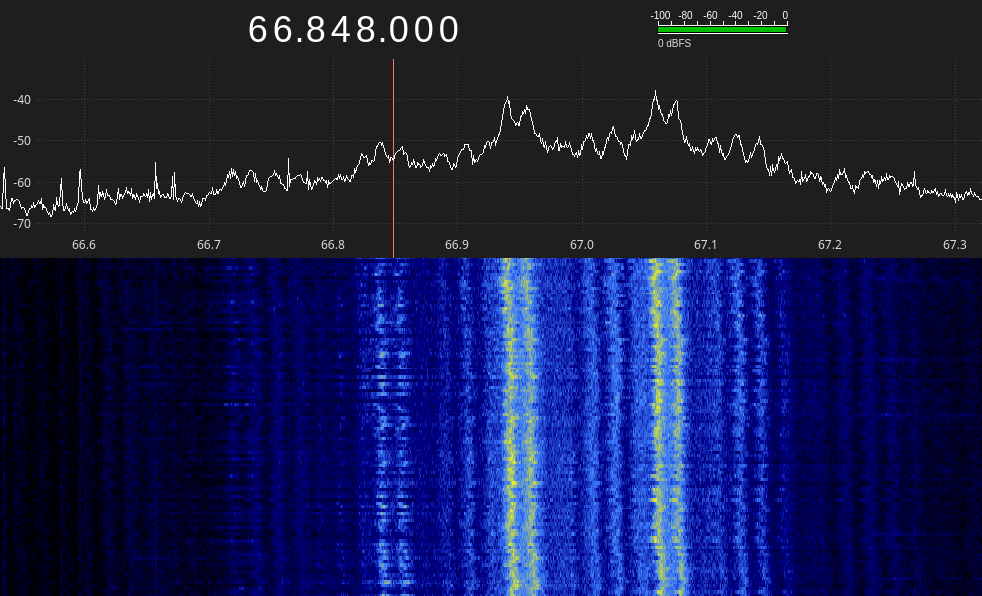

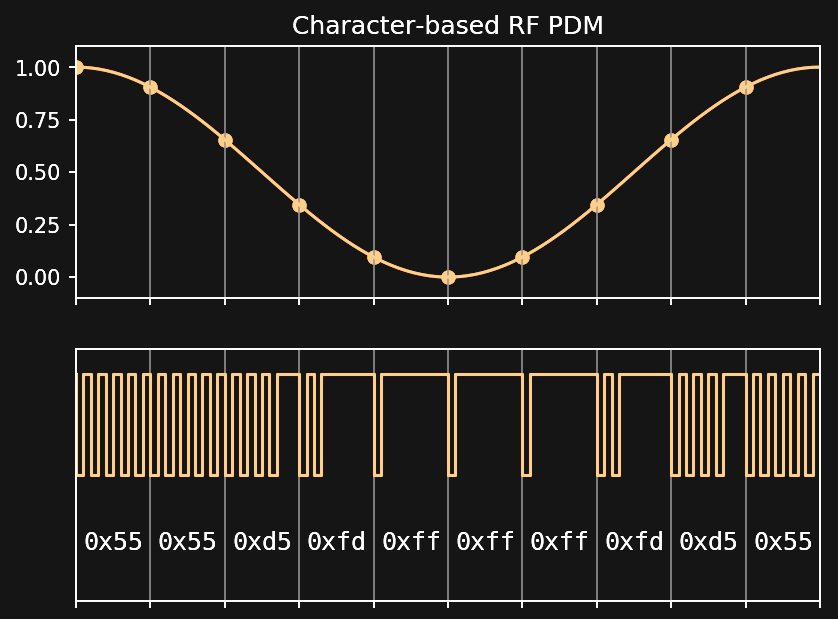
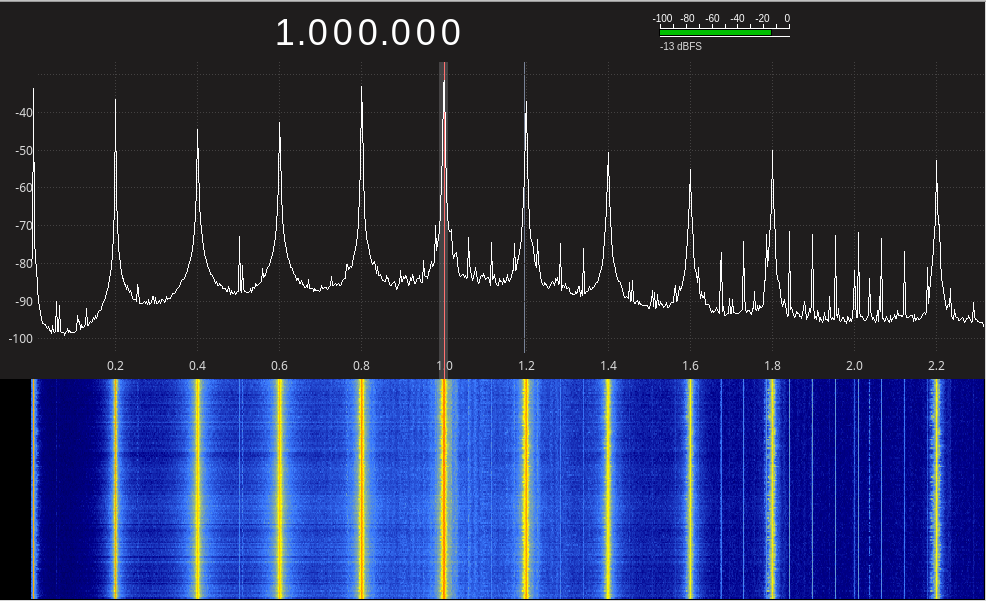
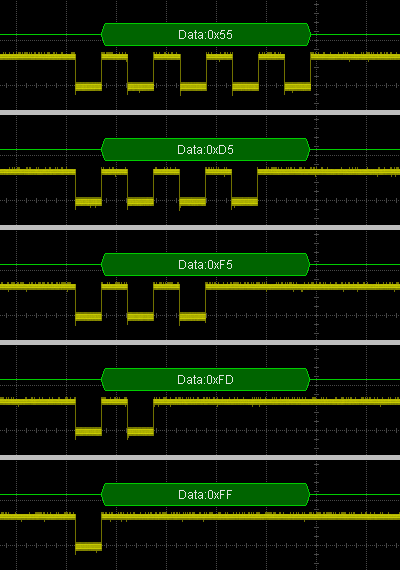
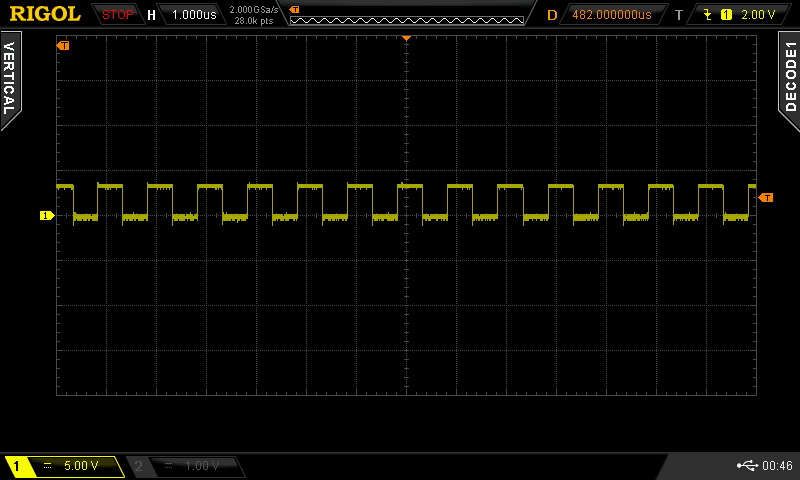
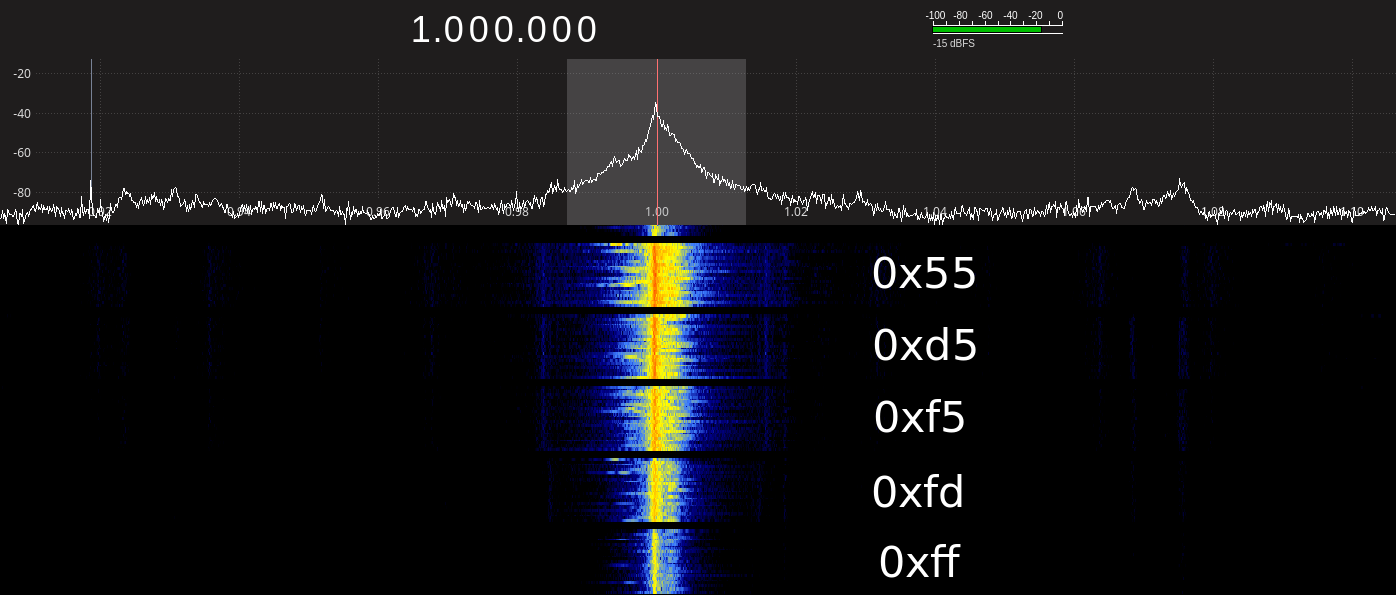
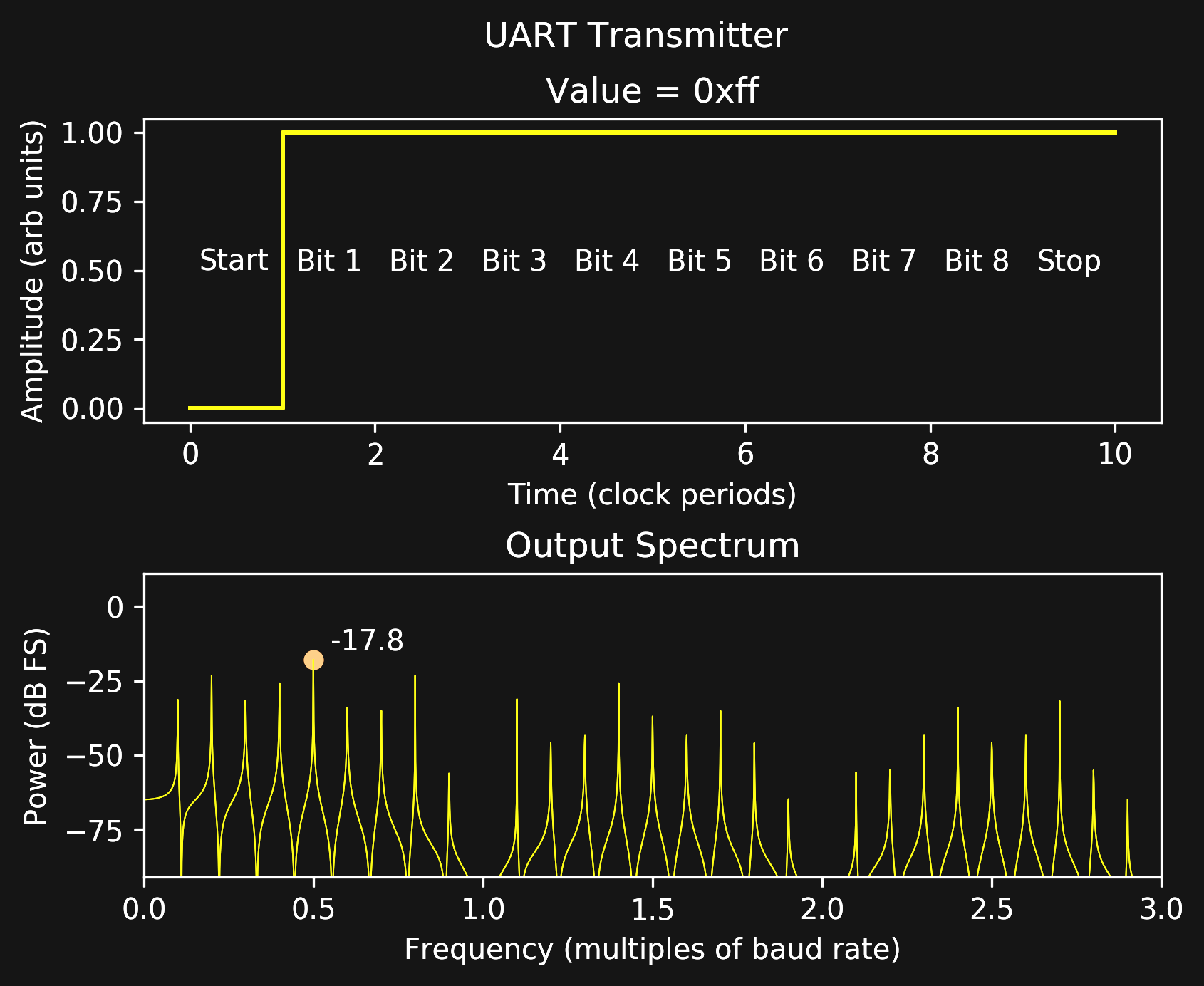
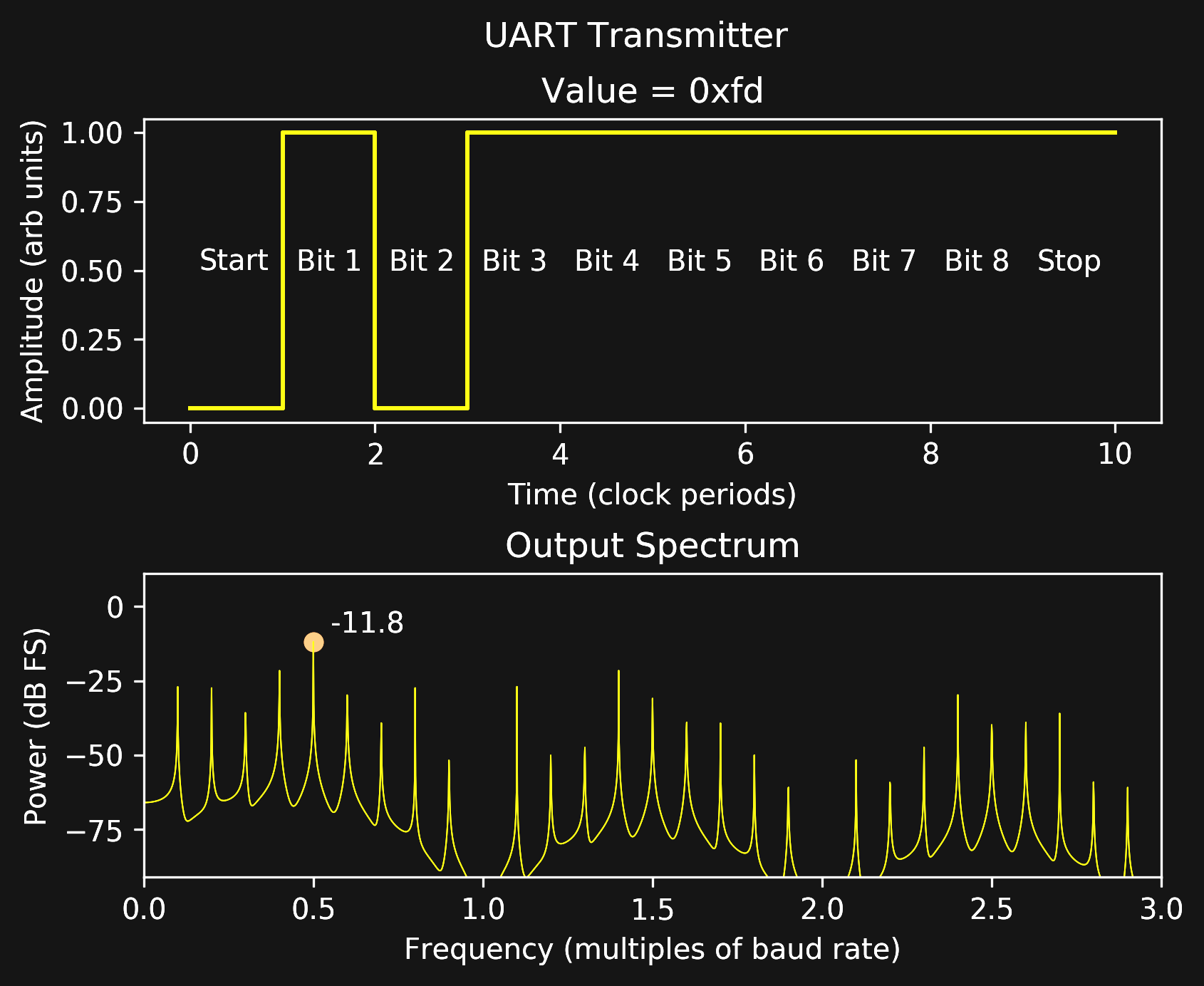
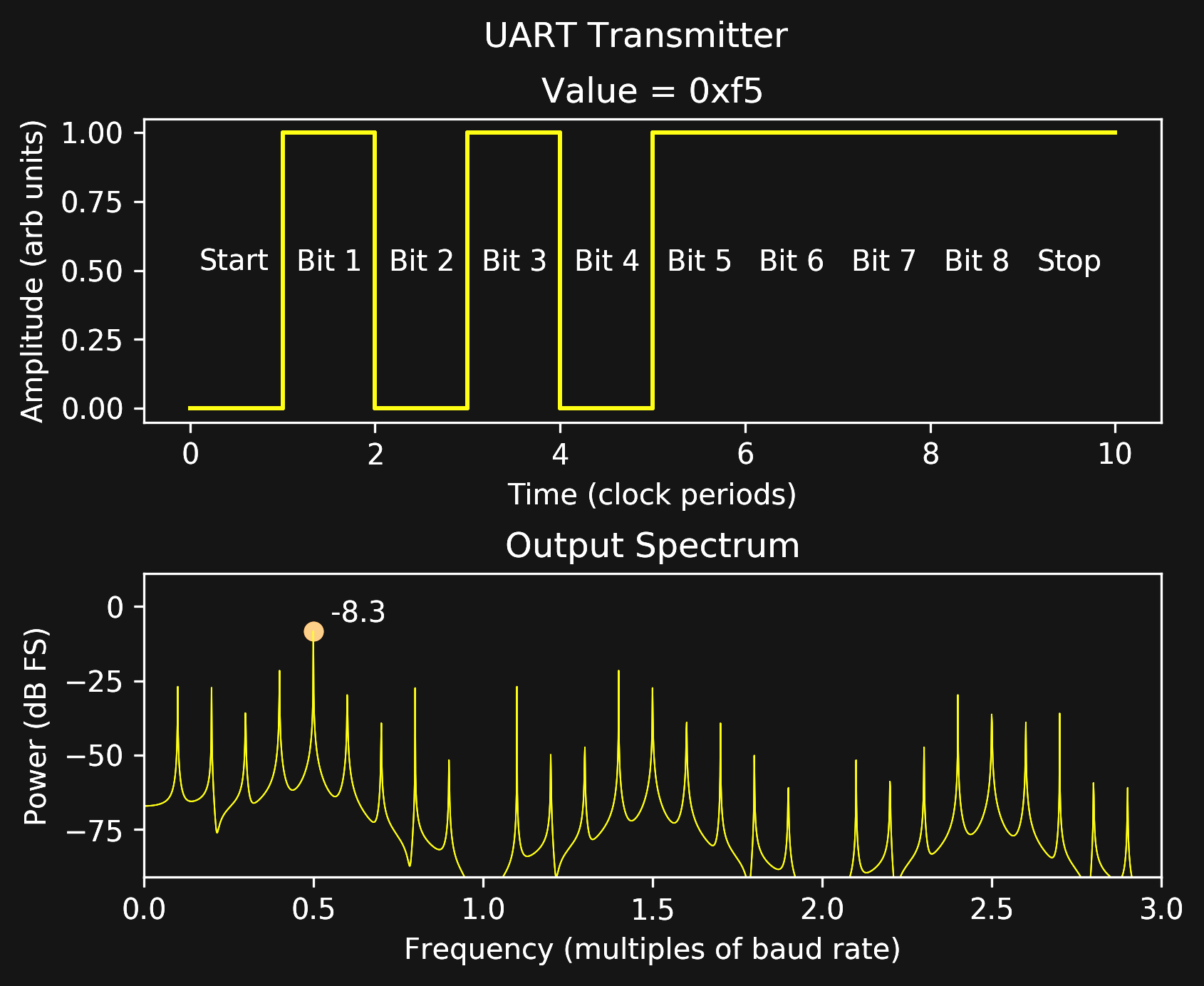
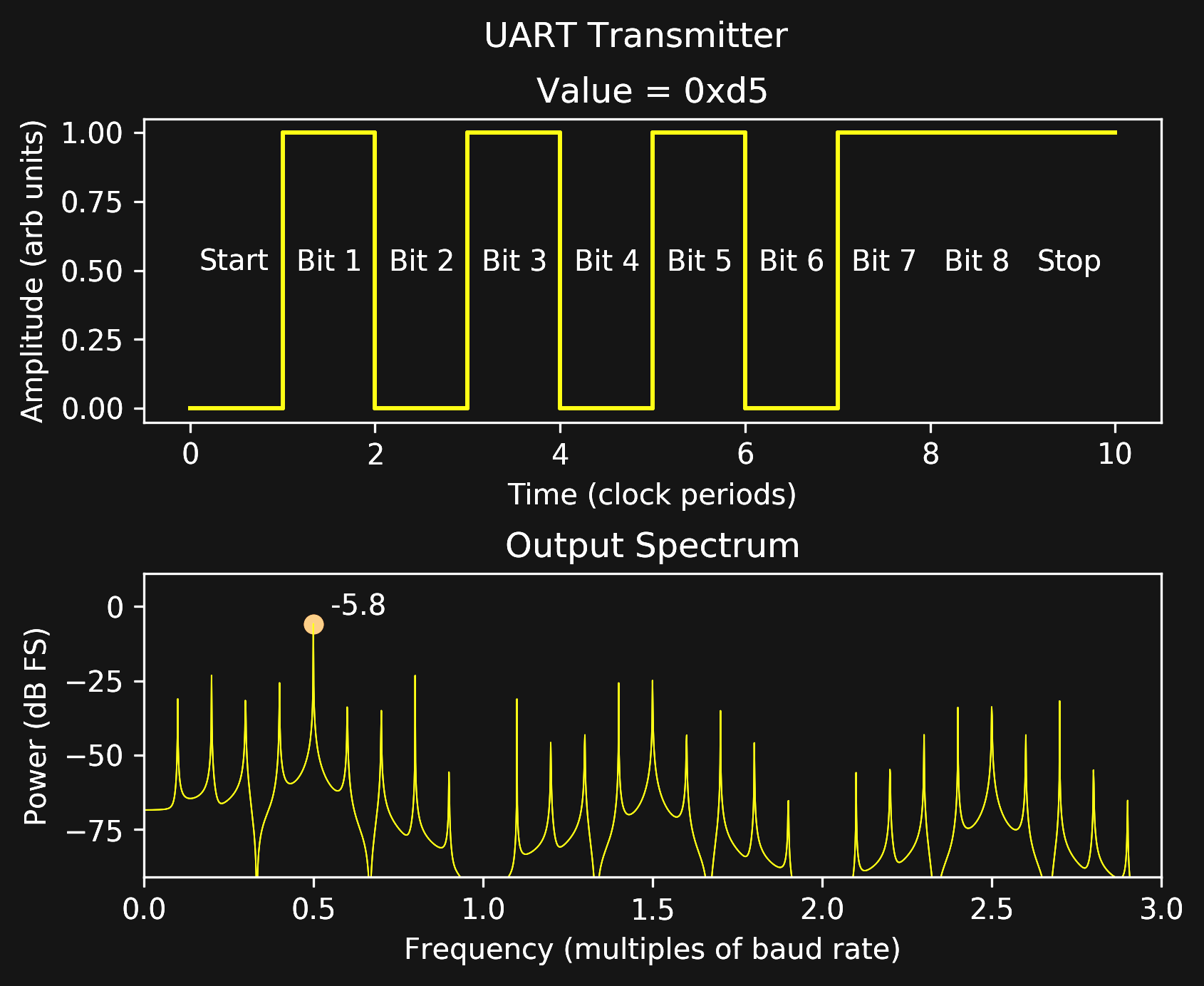
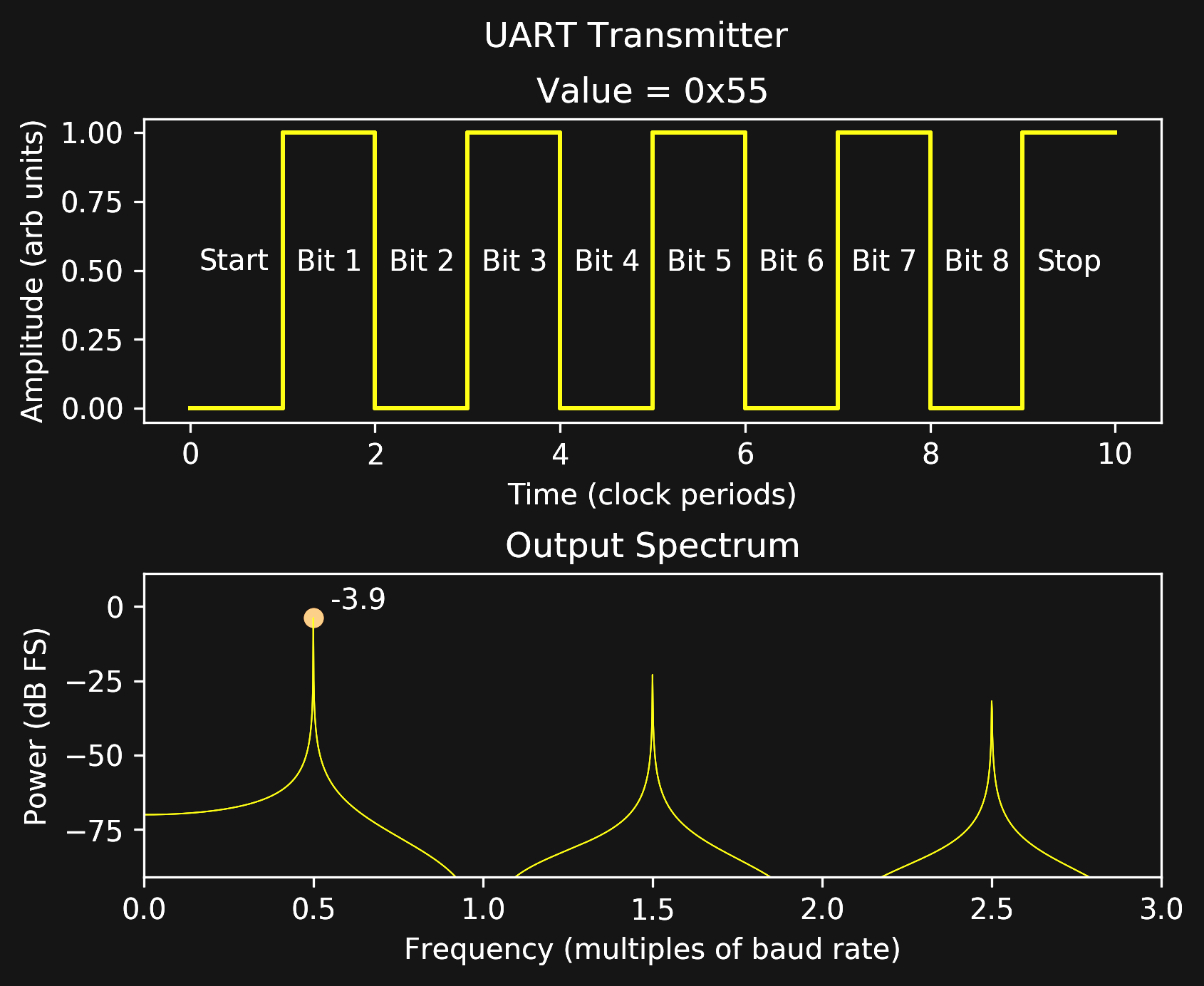
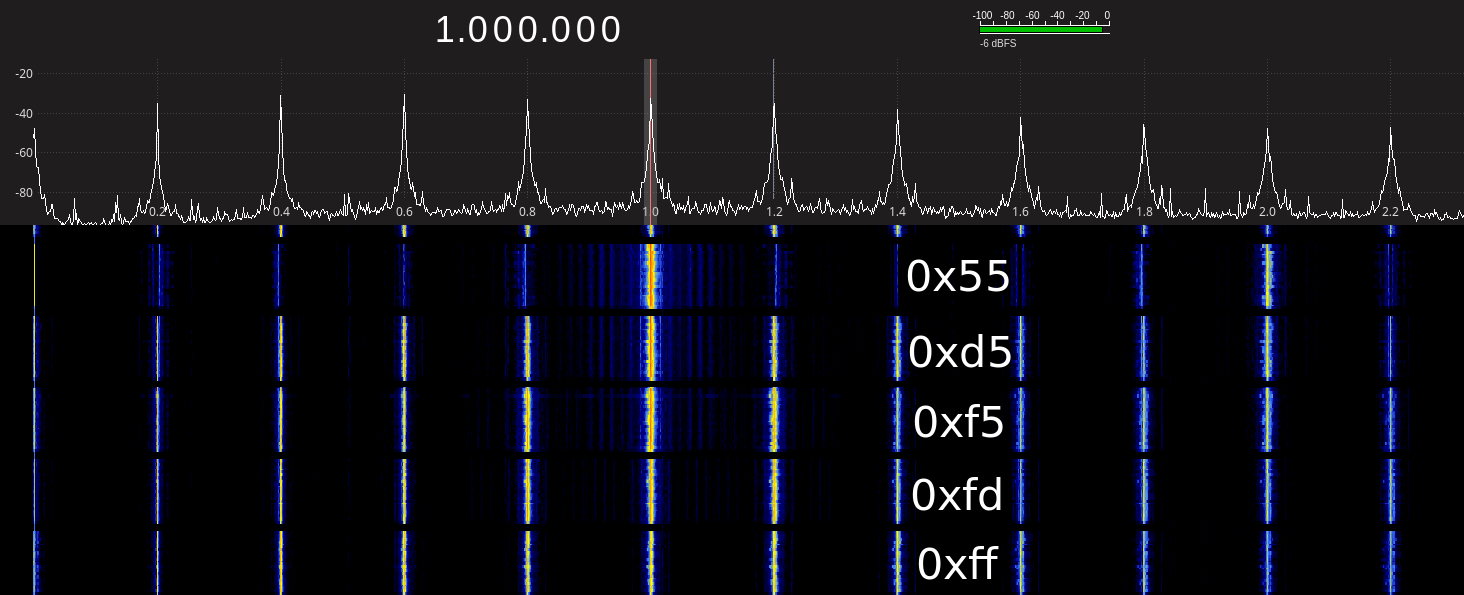





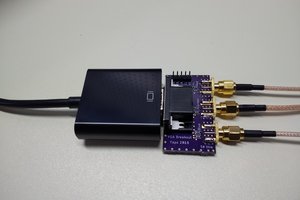
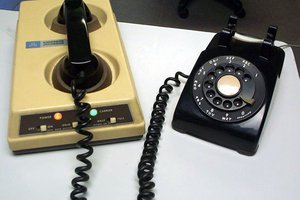
 agp.cooper
agp.cooper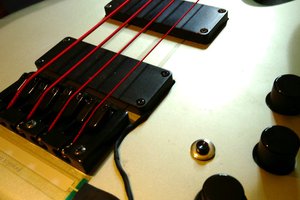
 Igor Brkic
Igor Brkic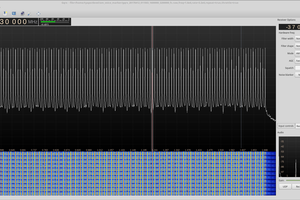
Very cool project, Ted. Enjoyed the read and the performance you've achieved both with audio and seeing that truck work is encouraging for a cheap SDR transmitter. I must add, all these spurious harmonics must be violating some sort of RF law for you, right? Perhaps a tunable bandpass is in order in an upcoming log ;-)